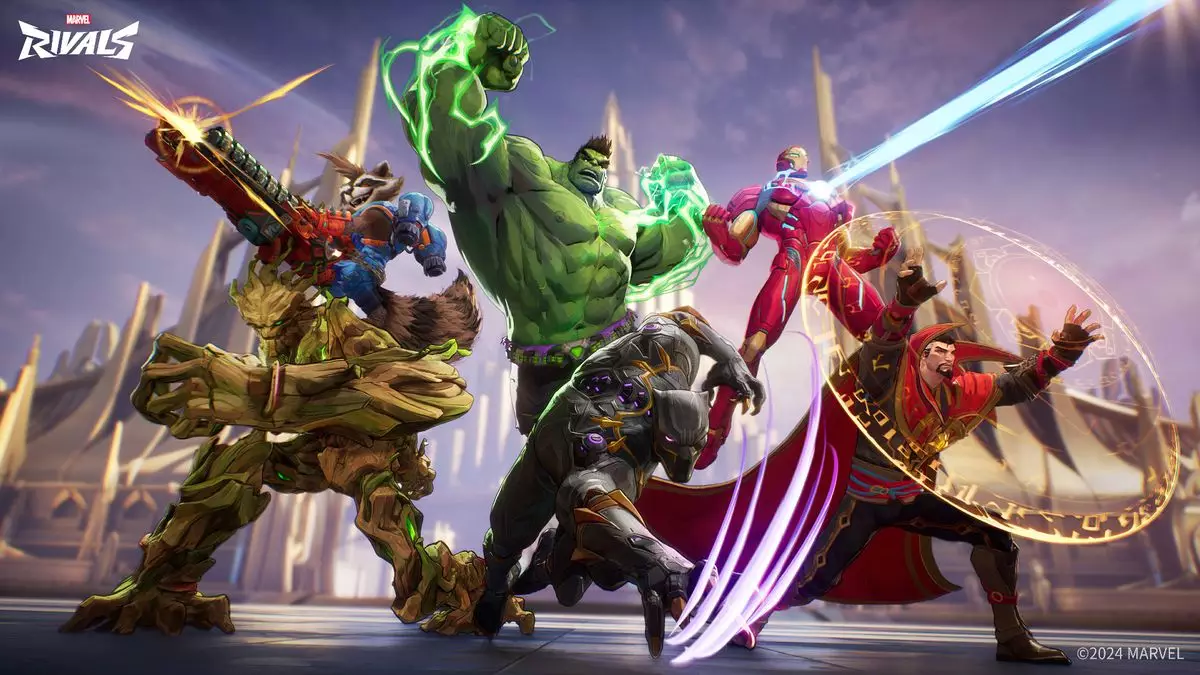In the world of competitive gaming, especially within heavily populated titles like Marvel Rivals, understanding the meta is crucial for both casual players and professionals alike. The perceptions and assumptions surrounding character strengths and weaknesses often vary vastly from player to player, influenced more by personal experiences than by hard data. Recent analysis from a dedicated statistician known as Aggragating_Job9976 sheds light on how a data-driven approach can reshape this meta narrative. By sifting through extensive data from top-tier players, this enthusiast has presented a new understanding of the game’s character rankings that challenges conventional wisdom.
Aggragating_Job9976’s methodology is intriguing, focusing on a wide spectrum of players to derive accurate stats that reflect true performance. Unlike those who merely observe win rates superficially, the statistician aggregates data from nearly 600 rows, allowing for a robust examination of player skills and character effectiveness. This comprehensive collection included not just main heroes, but also those with considerable playtime, providing a well-rounded view of character performance among various skill levels.
The extensive analysis brings to light a crucial consideration—time played versus performance output. By establishing a baseline of 3 hours for data inclusion, the researcher ensured that results were consistent and reliable, even capturing players whose statistics could be more limited. This depth of analysis showcases the significant difference in understanding character viability based on statistical evidence instead of purely subjective experiences.
What emerges from Aggragating_Job9976’s extensive work is a surprising tier list that contradicts commonly accepted notions in the Marvel Rivals community. While many players have lamented about the dominant presence of tank-oriented characters like Hulk and Groot, the statistical analysis ranks these heroes much lower than one would expect. Instead, characters like Doctor Strange, Hela, Psylocke, Mantis, and Luna Snow rise to the S rank. The reason for this elevation stems not just from their win rates but also their selectivity among higher-ranked players.
The tier list’s construction is built on two pivotal pillars: pick rates and average wins. While on the surface it might be tempting to prioritize win rates alone, the understanding here accounts for how often top players select these heroes. This aspect reveals hidden potential; even if a hero has an optimal win rate, it might reflect an infrequent selection among skilled players, suggesting that that hero may not be as effective in diverse scenarios.
For instance, the D tier placement of Scarlet Witch is particularly startling for many players. This unexpected finding raises important questions about not just personal playstyle, but also about how community preferences can distort objective evaluations of character efficacy.
Interestingly, the discussion about tier divisions can spark fervent debates within a game’s community, emphasizing the psychological factor of how players perceive success with different characters. For instance, many players main Wolverine or Iron Fist, often arguing over their potential power in the game. Aggragating_Job9976 does highlight that while many enjoy success and have high win rates with such characters, those outcomes may not reflect the experience of the average player. This disconnect between expectation and reality creates an interesting paradox: community sentiment can be powerful, yet often unfounded in comprehensive statistical support.
Moreover, discussing the player psychology behind character choice and investment can guide game developers in balancing character strengths and weaknesses. When players actively engage with the statistics and uncover such contradictions within the meta, it not only informs their gameplay but enhances the collective strategy and understanding of the game as a whole.
Aggragating_Job9976’s analytical work illustrates how essential it is for players to couple subjective experiences with empirical data. As the competitive scenes evolve, embracing a data-centric view may considerably sharpen strategical decisions in gameplay. Through understanding the complexities of the character rankings based on rigorous statistical analysis, players can significantly improve their approach to the game and contribute to a more nuanced, informed community discourse around Marvel Rivals.
Ultimately, the juxtaposition of statistical analysis and community perceptions highlights not only the unpredictable nature of competitive gaming but also its vibrant, ever-changing landscape. As players continue to experiment and adapt their strategies, staying informed by factual data could provide them with a distinct advantage on their journey through the complexities of the Marvel Rivals meta.


Leave a Reply